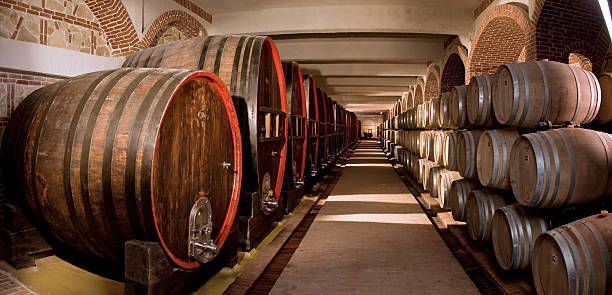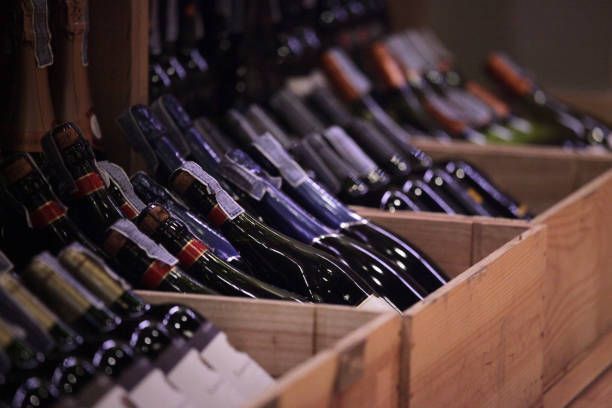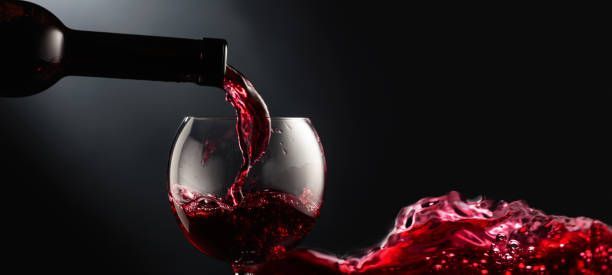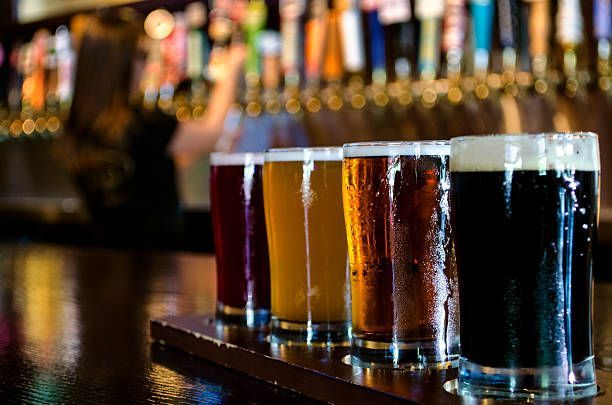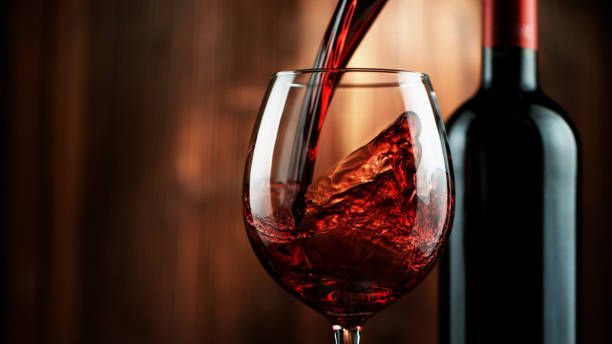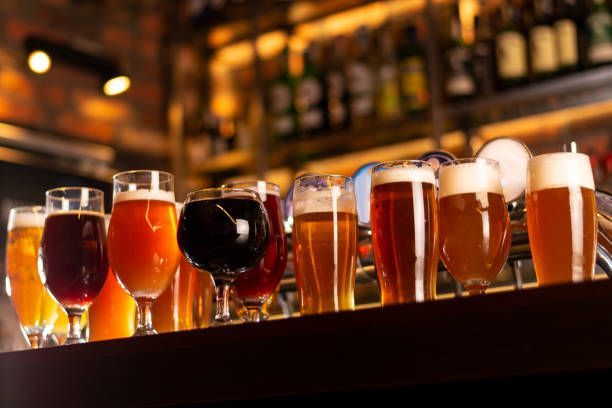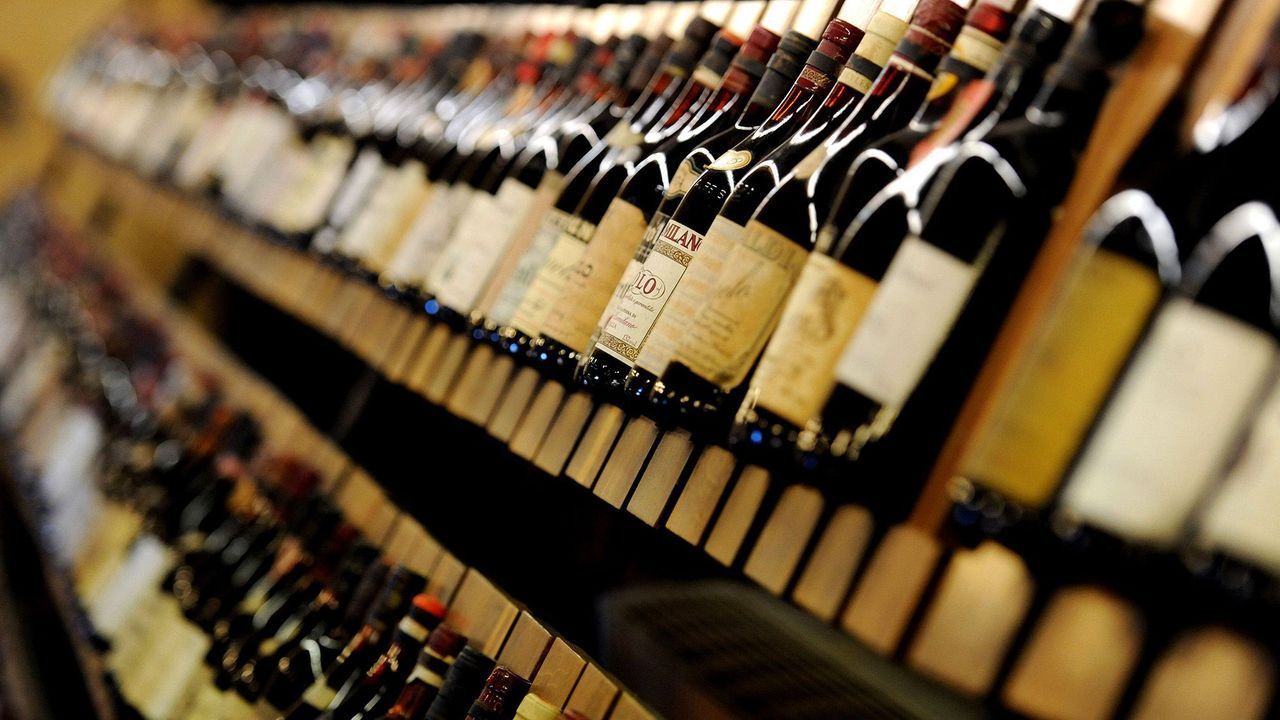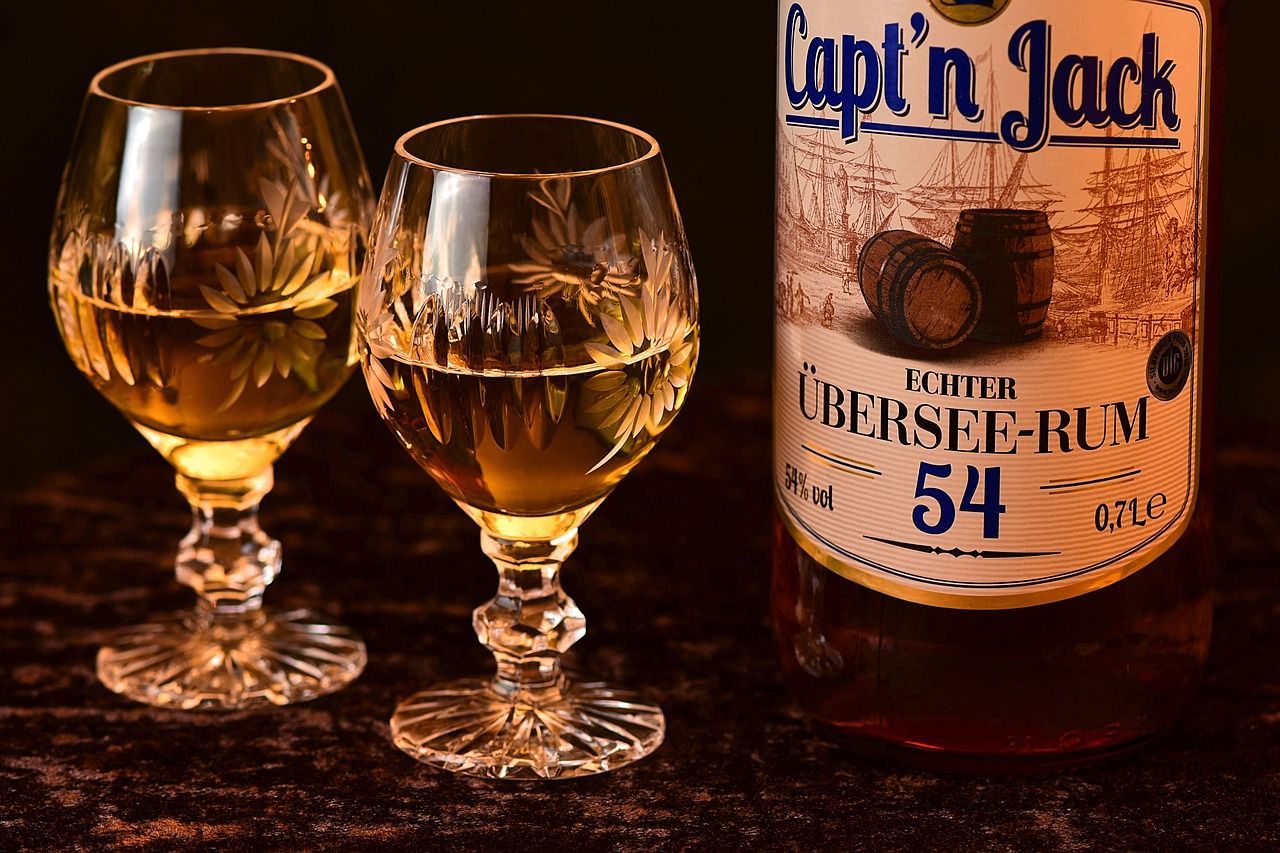Wine Pairing Basics
Let’s walk you through the steps for finding the best match for specific dishes such as steak, chicken, or seafood. Certain types of wines are particularly well-suited to be paired with cheeses and desserts and we have some great tips for that. In addition, you may be interested in finding the right wine for specific occasions, such as weddings and parties, or for certain seasons. Learning the basics of wine pairings can help you confidently be prepared for each situation.
There are several different approaches to pairing wine with food, and each one can result in a unique and enjoyable culinary experience. Whether you are a beginner or an experienced wine connoisseur, there is a wine pairing method that will suit your preferences and taste
One way to pair wine with food is to choose a wine that complements the textures of the dish. For example, a full-bodied red wine might be a good match for a rich and savory steak, while a crisp and light white wine might be a better choice for a delicate seafood dish. A wine that is too light or too heavy can disrupt the balance of the pairing. Experimenting with different wine and food combinations can help you discover new favorites and develop your own personal pairing preferences.
Pairing wine with complementary flavors is a beautiful way to create harmony between the flavors of the wine and those of the dish. By looking for flavors in the wine that are similar to or contrast with those in the dish, you can elevate the overall dining experience. While wine with high acidity might be a good match for a dish with a tomato-based sauce, as the acidity can help to balance out the rich flavors of the sauce. On the other hand, a wine with bold tannins might pair well with a dish that features bold spices, and cut through the savory flavors of the dish.
While the art of pairing food and wine can be complex, understanding the fundamentals is easy. A successful pairing strikes a balance between the flavors and textures of the dish and the characteristics of the wine. By trying different wine and food combinations, you can develop a better understanding of what works well together and what doesn't, ultimately leading to more enjoyable dining experiences.
Here are a few classic wine and food pairings to get you started:
- Grilled Chicken or Seafood and Chardonnay: The combination of the smoky flavor of grilled chicken or seafood, coupled with the crispness of Chardonnay creates a unique flavor profile that can be enjoyed by all. Whether you’re looking for a light lunch or dinner, grilled chicken or seafood paired with Chardonnay is sure to please any palate.
- Steak and Cabernet Sauvignon: The bold, tannic flavors of Cabernet Sauvignon are the perfect complement to the rich, savory flavors of steak. The combination of these two elements creates a delicious and complex flavor profile that is sure to please any palate.
- Lamb and Pinot Noir: The delicate flavors of the wine complement the subtle flavors of the pasta, making it an ideal choice for a summertime meal or an evening gathering. Pinot Grigio has notes of citrus, apple, pear and honeysuckle that enhance the flavor of the pasta without overpowering it.
- Asian Cuisine and Riesling: Riesling's crisp acidity and floral aromas make it a perfect pairing for exotic Asian eats. Try it with everything from sushi to dumplings and experience the new heights of foodporn that you can reach with our wine.
- Light Pasta Dishes and Pinot Grigio: If you want to create a delicious and sophisticated meal, look no further than this classic combo. The fruity flavors of the wine pair perfectly with the delicate flavors of the pasta dishes. And with its low alcohol content, it is an ideal choice for those looking to enjoy their meal without overindulging.
- Barbecue and Zinfandel: A winning combination for centuries. The intense flavors of the smoky barbecue sauce blend well with the sweet and spicy notes of Zinfandel wine making for an unforgettable flavor experience.
- Roast Beef and Merlot: Merlot's full-bodied flavor pairs perfectly with the juicy and tender roast beef, offering an elegant yet robust flavor profile. Whether you're looking to impress your guests or just have an amazing meal at home, Merlot and Roast Beef is sure to be a hit with everyone.
- Syrah/Shiraz and Grilled Vegetables: The combination of Syrah/Shiraz and grilled vegetables is a match made in heaven! With its deep flavors and complex aromas, this delicious pairing will add a unique layer of flavor to any dish.
Pairing wine with cheese is a popular activity, whether it is as part of a cheese platter or as a simple snack. There are many different types of cheese that can be enjoyed with wine, and there are some general guidelines to follow when selecting a wine to pair with a particular type of cheese. Here are a few classic cheese and wine pairings to consider:
- Brie and Champagne: The bubbles and acidity in the Champagne help to cut through the richness of the brie. Whether hosting a special occasion or just enjoying an evening with friends, pairing brie with the sparkling wine is sure to make any gathering extra special.
- Gorgonzola and Cabernet Sauvignon: Gorgonzola is a pungent, blue cheese that pairs well with full-bodied red wines, such as Cabernet Sauvignon. The bold tannins in the Cabernet help to balance out the bold flavor of the Gorgonzola.
- Cheddar and Chianti: Cheddar’s sharp and tangy flavor pairs well with bold, tannic red wines, such as Chianti. The acidity in the Chianti helps to cut through the richness of the cheddar.
- Camembert and Pinot Noir: Camembert is a creamy, soft cheese that pairs well with light- to medium-bodied red wines, such as Pinot Noir. The fruity flavors in the Pinot Noir complement the richness of the Camembert.
- Roquefort and Port: Roquefort is a strong, blue cheese that pairs well with sweet, fortified wines, such as Port. The sweetness of the Port helps to balance out the bold flavor of the Roquefort.
Pairing wine with dessert can be a wonderful way to round out a meal. Consider the sweetness and richness of the dessert, as well as the flavors and textures of the wine. Generally, sweeter desserts pair well with sweeter wines, while rich desserts pair well with full-bodied wines. There are many delicious desserts that pair well with wine. Here are a few examples:
- Chocolate and Cabernet Sauvignon : The full-bodied Cabernet Sauvignon has tannins that can help to balance out the richness of the chocolate, creating a harmonious flavor combination. These wines also have bold flavors that can stand up to the intensity of chocolate.
- Cheesecake and Riesling: Cheesecake pairs well with the sweet and fruity Riesling. The sweetness of the wine helps to balance out the creamy, rich flavors of the cheesecake.
- Fruit tarts and Pinot Grigio: Fruit tarts are a delicious dessert option, and they can be paired with a variety of different wines. Crisp, refreshing white wines, such as Pinot Grigio, are a particularly good choice for pairing with fruit tarts. This wine helps to balance out the sweetness of the fruit, creating a harmonious and enjoyable flavor combination.
- Pecan pie and Port: Pecan pie is a timeless treat that can be enjoyed any time of year. The taste of pecan pie is enhanced by the mild sweetness of Port.
- Crème brûlée and Sparkling Wine: Crème brûlée pairs well with sparkling wines, such as Champagne or Prosecco. The bubbles and acidity in the sparkling wine help to cut through the richness of the crème brûlée.
Remember, these are just a few examples, and there are many other delicious pairings for cheeses and desserts to explore. The best pairing is ultimately a matter of personal preference, so don't be afraid to experiment and try new combinations.
Wine pairing for events can be an important consideration, as the right wine can help to set the tone and create a memorable experience for your guests. When selecting wine for a specific event, it is important to consider the theme and atmosphere of the event, as well as the food that will be served. It is also important to consider the preferences of your guests, as well as any dietary restrictions. You may want to offer a variety of options to ensure that there is a wine for everyone to enjoy.
When selecting wines to bring to a wedding, it is important to consider the preferences of the couple and the overall theme of the wedding. A good option is to choose a variety of wines that will appeal to a wide range of palates, such as a crisp white wine, a fruity red wine, and a sparkling wine. It is also a good idea to choose wines that are of good quality but not too expensive, as you may need to purchase a large quantity. Some classic options for weddings include Champagne, Chardonnay, Pinot Noir, and Cabernet Sauvignon. It may also be a good idea to consult with the couple or the wedding planner to get a sense of the types of wines that will be served at the wedding and to ensure that you don't duplicate their choices.
When it comes to corporate events, selecting the right wines can make all the difference. With a range of options available in the market, it can be difficult to choose wines that will be enjoyed by everyone. Fortunately, there are some great options that are suitable for any corporate event. Keep in mind that it is generally a good idea to have at least one red and one white wine available, as well as a sparkling option.
Red wines that are versatile and work well with a variety of foods include Cabernet Sauvignon, Merlot, and Pinot Noir. White wines that are easy to pair with a range of dishes include Chardonnay, Sauvignon Blanc, and Pinot Grigio. Sparkling wines such as Champagne, Prosecco, and Cava are always popular choices for special occasions. It is also a good idea to have a few different price points available, so that there is something for everyone to enjoy. Overall, the best types of wines for a corporate function are those that are well-balanced, versatile, and able to appeal to a wide range of tastes.
There are many different types of wine that can be enjoyed throughout the year, and the best wine for each season can depend on personal preferences and the type of food and activities you will be enjoying. Here are a few suggestions for the best wine for each season:
Spring: As the weather warms up, you may want to choose light and refreshing white wines, such as Sauvignon Blanc or Pinot Grigio. These wines are perfect for sipping on the patio or for pairing with lighter springtime dishes, such as salads and seafood.
Summer: For hot summer days, you may want to choose crisp and refreshing white wines, such as Riesling or Moscato, or light and fruity rosé wines. These wines are perfect for sipping by the pool or for pairing with grilled seafood and salads.
Fall: As the weather cools down, you may want to choose fuller-bodied white wines, such as Chardonnay or Viognier, or light to medium-bodied red wines, such as Pinot Noir or Merlot. These wines are perfect for sipping by the fire or for pairing with heartier fall dishes, such as roast chicken or pork.
Winter: For the colder months, you may want to choose full-bodied red wines, such as Cabernet Sauvignon or Shiraz, or rich and creamy white wines, such as Chardonnay or Viognier. These wines are perfect for sipping by the fireplace or for pairing with hearty winter dishes, such as stews and roasts.
Pairing wine with food, cheese, dessert, and various types of events and seasons can be a daunting task. With so many different factors to consider, it can be difficult to know where to start. Fortunately, with the right knowledge and guidance, you can easily learn how to pair wines for any occasion. By taking these factors into account, a person can create a harmonious pairing that will bring out the best in every situation.
